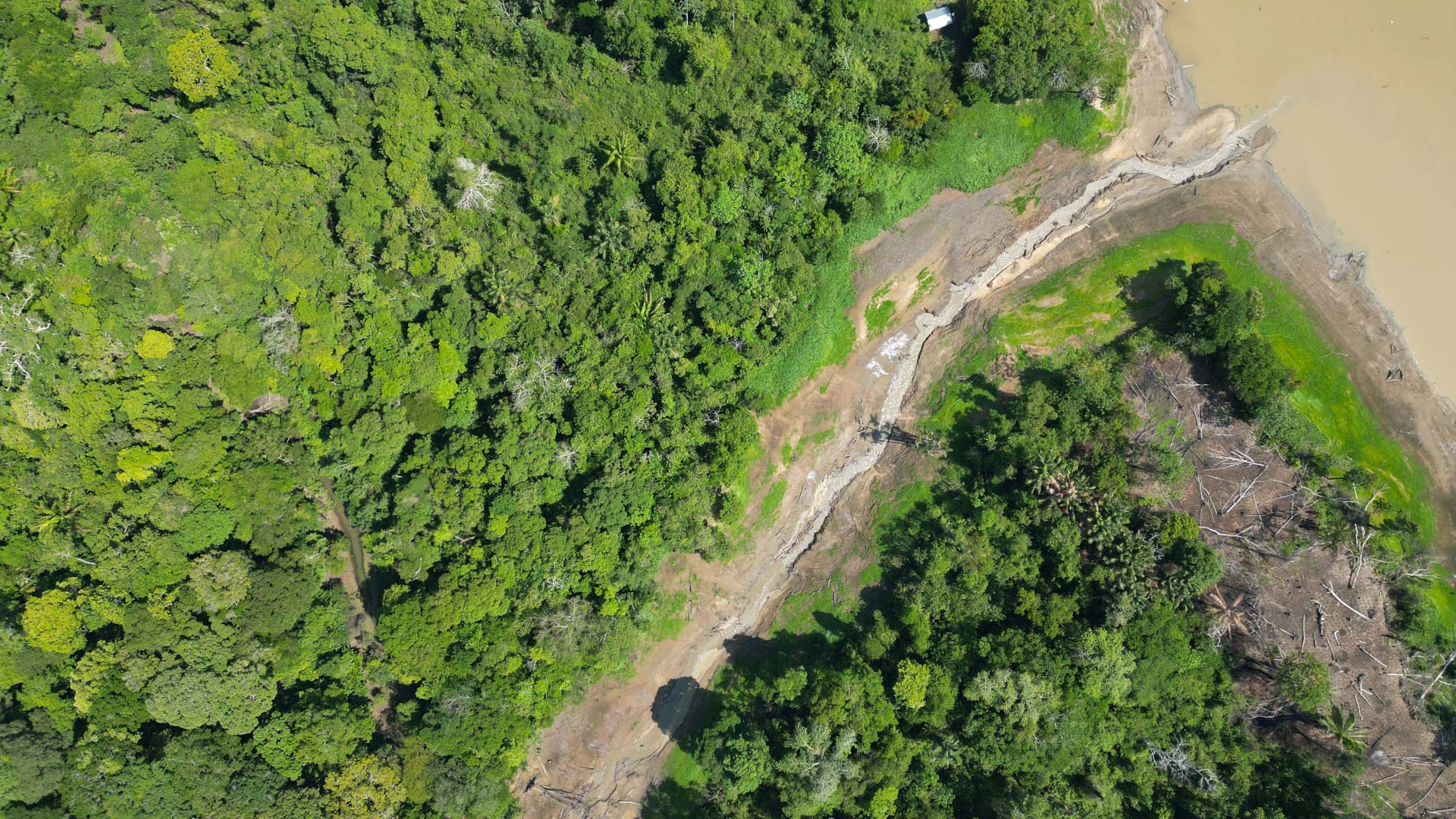Brazil has initiated a large-scale dredging project in the Amazon River to mitigate the effects of a record drought. This unprecedented drought has severely impacted river navigation, a vital transportation route for communities and industries in the region. While the dredging aims to restore navigability and support local populations, experts have raised environmental concerns about its long-term sustainability.
The Impact of Drought on the Amazon River System
Record-Breaking Drought Leaves Amazon Communities Isolated
For the second year in a row, the Amazon region has been hit by severe drought. Water levels in the Amazon’s major rivers, including the Amazon River itself and its tributaries, the Solimões and Madeira rivers, have dropped to historic lows. The falling water levels have disrupted river navigation, leaving entire communities stranded and unable to transport essential supplies or commodities.
The Economic Consequences of Drought
The impact of this drought extends beyond community isolation. The state’s economic output has plummeted, with the region of Amazonas experiencing a 16.6% drop due to the inability to move goods by boat. In response, the Brazilian government committed 505 million reais (approximately $90 million) to fund dredging operations over the next five years, aiming to restore navigation on the Amazon and its tributaries.
Brazil’s Dredging Plan: A Short-Term Solution to the Drought Crisis
Government Investment in Large-Scale Dredging Operations
The Ministry of Ports and Airports has labeled this initiative “the largest dredging operation in the history of the Amazon.” The National Department of Transport Infrastructure (DNIT) explained that sediment will be removed from the riverbed using suction mechanisms and redeposited elsewhere to deepen the river channels, facilitating smoother passage for vessels.
Addressing Immediate Needs: Supporting Communities and Industries
The dredging plan aims to ensure that isolated communities can access supplies and that producers can continue to ship commodities. Vulnerable populations, who rely on river access for subsistence fishing and trade, are among those most affected by the drought. As shipping costs rise and travel times increase, the cost of goods has skyrocketed, affecting both businesses and end consumers.
Environmental Risks Associated with Dredging the Amazon
Disruption of Ecosystems and Aquatic Life
While dredging may provide a temporary solution, it also poses significant environmental risks. Dredging can disrupt delicate ecosystems, leading to increased erosion, silting, and habitat destruction. Aquatic species, including manatees and river dolphins, are particularly vulnerable to these changes. In fact, during dredging operations in mid-August, numerous aquatic animals were found dead along the Amazon River.
Contamination and Erosion Concerns
Another major concern is the disturbance of sediment layers, which can release harmful contaminants, including heavy metals like mercury, into the water. The Madeira River, in particular, has been found to contain growing levels of mercury, further threatening the already fragile ecosystem. Additionally, dredging alters the river’s natural flow and currents, increasing erosion in residential areas and changing the overall water quality.
Long-Term Environmental Consequences of Dredging
Sediment Accumulation and Siltation
Experts argue that dredging is not a sustainable long-term solution. During droughts, sediment that would normally be carried downstream accumulates in the river, causing siltation and making the watercourse shallower. While dredging removes the sediment, it often gets redeposited nearby, meaning the river could quickly return to its original state, necessitating more dredging in the future.
Changes to River Geometry and Flow
The Amazon Basin is home to an incredibly complex hydrological system. Changes in the geometry of the river, caused by dredging, can have unforeseen impacts on water flow, especially during floods. Experts warn that altering the shape of river channels without fully understanding the flow dynamics could worsen flooding risks in the future.
The Need for Sustainable Solutions: Alternatives to Traditional Dredging
Advanced Dredging Technology as a Potential Solution
Emerging technologies could offer a more sustainable approach to dredging. Remote-operated vehicles equipped with sonar and sensors allow for more precise dredging, reducing the environmental impact by minimizing water turbidity and optimizing sediment transportation. These technologies could be particularly useful in areas where traditional dredging methods are too disruptive.
Involving Local Communities in Decision-Making
For any long-term solution to be effective, experts agree that it must include input from the local communities who are most affected by these changes. Engaging with local populations can provide valuable insights into sustainable practices that balance environmental preservation with the economic and social needs of the region.
Conclusion: Balancing Short-Term Relief with Long-Term Sustainability
While Brazil’s dredging efforts may provide short-term relief to drought-stricken communities in the Amazon, the long-term environmental costs cannot be overlooked. Dredging can disrupt ecosystems, increase erosion, and lead to the release of harmful contaminants. To ensure a sustainable future, Brazil must explore advanced dredging technologies and include local communities in decision-making processes to strike a balance between immediate needs and environmental preservation.
